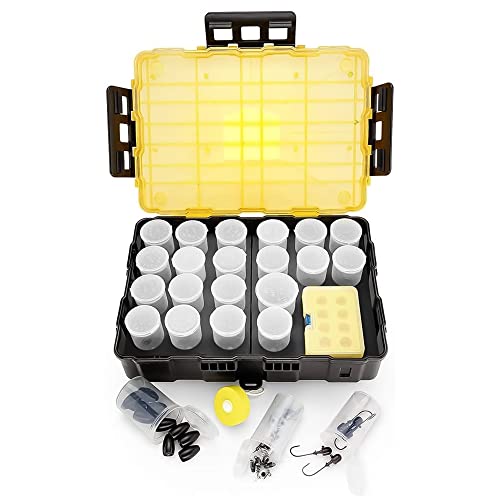BugleCoveTinBoat
Member
- Joined
- May 19, 2024
- Messages
- 10
- Reaction score
- 2
- LOCATION
- Oquossoc, ME
Does anyone know the proper gauge for pure copper (not copper clad Aluminum) for my Evinrude 28 HP Speed i Twin starter to battery cable?
I suspect it would be the same (starter, draw, cable gauge) for a 25, 28, 30, 35 or 40HP OMC twin cylinder outboard.
thanks in advance,
Chris
I suspect it would be the same (starter, draw, cable gauge) for a 25, 28, 30, 35 or 40HP OMC twin cylinder outboard.
thanks in advance,
Chris





















































